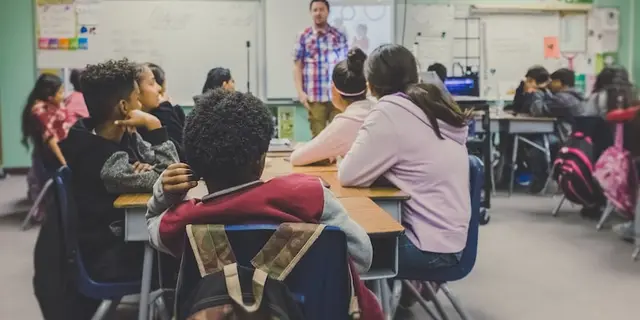America's school system has long been criticized for its low rankings in comparison to other countries around the world. So what factors are contributing to this low ranking? Let's take a closer look at some of the potential reasons why America's school system is ranked so low.
Lack of Funding
One of the biggest issues facing America's school system is the lack of adequate funding. Many schools are operating on tight budgets and are unable to provide students with the resources they need to succeed. This lack of funding also affects the quality of teachers and the ability of schools to offer advanced courses and extracurricular activities.
Poverty
Another factor that contributes to low rankings for America's school system is poverty. Many schools in the United States are located in low-income areas with limited resources and high levels of poverty. This can make it difficult for students to get the education they need in order to succeed in their studies.
Inequality
Inequality is also a major factor in America's low rankings. The disparities between different school districts can have a huge impact on the quality of education that students receive. This can make it difficult for students in lower-income areas to access the same educational opportunities as their peers in more affluent districts.
Lack of Innovation
Finally, another factor that contributes to low rankings for America's school system is the lack of innovation. Many school districts are stuck in outdated systems and methods of teaching that don't take advantage of new technology or teaching strategies. This can make it difficult for students to stay engaged and motivated in their studies.
These are just a few of the factors that are contributing to America's low rankings in education. It's clear that there is a lot of work to be done in order to improve the quality of our schools and ensure that all students have access to a quality education.
It is no secret that America’s school system is ranked among the lowest in the world. This is due to a variety of factors, including the lack of resources available to students, the inadequacy of teacher training and support, and the growing achievement gap between low-income and affluent students.
The lack of resources in American schools is a major factor in the low rankings of the school system. Many school districts are underfunded and cannot provide teachers and students with the necessary materials and technology to succeed. Additionally, schools often lack updated textbooks, technology, and classroom materials. This lack of resources can hinder student learning and make it difficult for teachers to effectively teach.
Another challenge facing the American school system is the inadequacy of teacher training and support. Many teachers do not receive the necessary training and support to be effective in the classroom. Additionally, teachers often lack the resources and support needed to help their students succeed. Without adequate training and support, teachers may struggle to adequately teach their students, leading to lower student performance and lower rankings for the school system.
Finally, the growing achievement gap between low-income and affluent students is a major factor in the low rankings of the American school system. Low-income students often lack access to the resources, technology, and support needed to excel in school. Additionally, these students may face additional challenges such as language barriers, inadequate nutrition, and limited access to healthcare. These factors can lead to lower student performance and, in turn, lower rankings for the school system.
In order to improve the rankings of the American school system, it is essential to address the challenges outlined above. Schools must be adequately funded and equipped with the necessary materials and technology needed to succeed. Additionally, teachers must receive appropriate training and support in order to effectively teach their students. Finally, efforts must be made to close the achievement gap between low-income and affluent students by providing them with access to the resources, technology, and support needed to excel in school.











